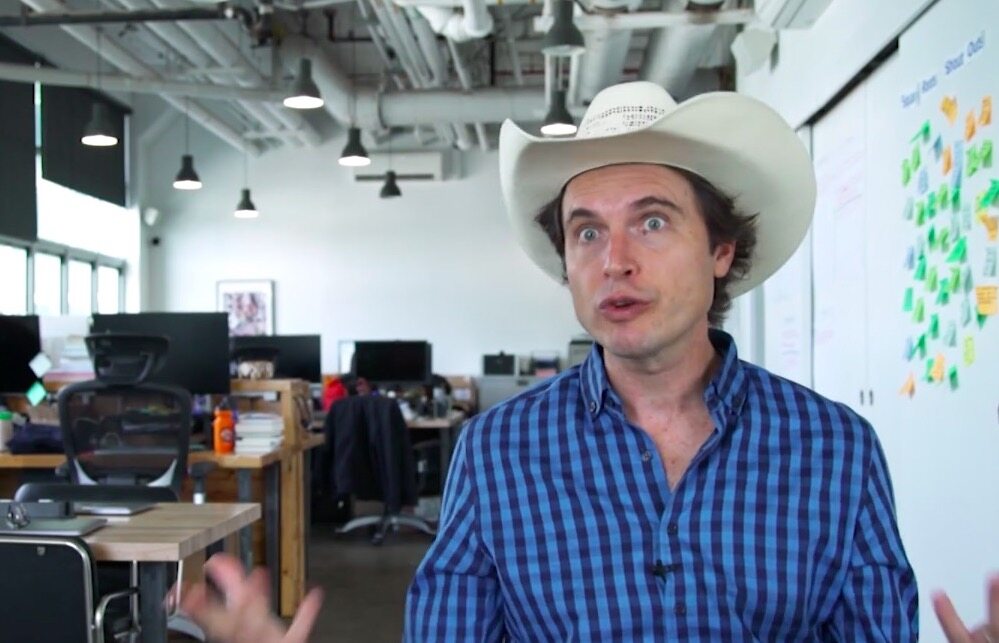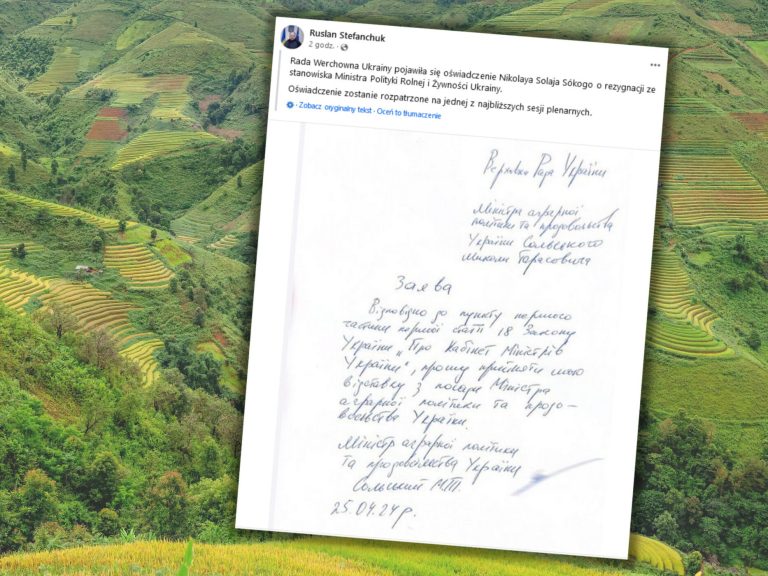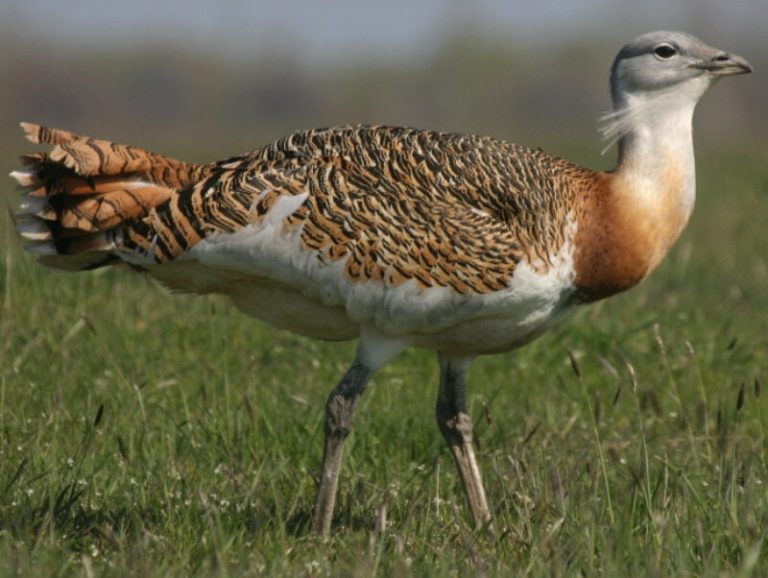Will Musk revolutionize agriculture? He grows vegetables in downtown New York

This time it’s not about Elon Musk, but his younger brother Kimbal. It turns out that he is an agricultural pioneer of the new century who wants to revolutionize the way the townspeople eat.
The Musk brothers have an important thing in common. Elon Musk wants to revolutionize the way we travel with his Tesla. In turn, Kimbal Musk is an agricultural innovator whose ideas are equally revolutionary, although they concern a completely different industry.
Elon Musk’s brother produces food in vertical farms for the needs of city residents. Vertical farming is an indoor farming method in which plants are grown vertically, often without soil. This practice is becoming more popular and important as urban populations grow rapidly and the number of available farmlands decreases.
While vertical farming is not a new concept, eco-friendly home farms are growing rapidly. Elon Musk’s younger brother, Kimbal Musk, has already been named “Global Social Entrepreneur of the Year” by the World Economic Forum in 2017.
It was in 2016 that he founded Square Roots, an urban agriculture company based in Brooklyn (New York). Square Roots’ mission is to provide fresh, local food to urban residents around the world, enabling younger generations to enjoy urban agriculture.
– When I was a child, the only way to encourage my family to get together was to cook a meal and eat it together, the younger Musk brother tells CNN Business.
The co-founder and executive director of Square Roots says: “Being involved in the Internet, especially in the late 1990s, was very exciting and I wouldn’t change anything about that experience, but my passion has always been food,” Musk says. – When Elon and I sold Zip2, our first online company, I knew I wanted to get into food and become a trained chef.
The younger Musk moved to New York and enrolled at the International Culinary Center.
Kimbal Musk said Square Roots plans to open a “Super Farm” – a room with 25 air-conditioned shipping containers, cold storage, biosecurity infrastructure and everything else needed to run a large-scale vertical farm – in less than three months. Since its inception, Square Roots has grown over 120 varieties of crops, including herbs, vegetables and strawberries.
Kimbal Musk’s company is not the first of its kind. Startups like Silicon Valley’s Plenty, which was founded in 2013 and backed by Jeff Bezos, are also starting to gain momentum.
– Environmentalists, urban farmers, architects, agronomists and public health experts, among others, are joining this mini revolution. They are working together to find a way to save a world that is lacking and over-urbanized, says Kheir Al-Kodmany, professor of sustainable urban design at the University of Illinois at Chicago.
Vertical farming includes various techniques such as hydroponics, which uses mineral solutions of nutrients dissolved in water, aquaponics, which uses aquatic creatures – such as fish and snails – and allows plants to be grown in water, and aeroponics, which allows plants to be grown in the air .
Although vertical farming was invented in the early 20th century, it has recently been popularized, according to microbiologist Dickson Despommier, professor emeritus of public health and the environment at Columbia University. More than 20 years ago, Despommier began teaching at his university in Colombia under the name Medical Ecology. He spent a decade growing plants with his students. “There were no vertical farms ten years ago, but LED lighting has significantly improved agricultural efficiency over the last five years, making indoor farming cheaper and more reliable,” says Despommier.
– People want local food because they have lost trust in an industrial food system that sends high-calorie, low-value food thousands of miles away. People have no transparency about who produced them and how, says Tobias Peggs, managing director (CEO) of Square Roots.
The world’s population is growing rapidly and the world is urbanizing. Peggs says climate change is threatening where food is produced and forcing agriculture to find new ways to quickly obtain healthy food.
Peggs is optimistic about making money with vertical farming. – A lot of money from intelligent people and a lot of capital are focused on space – he says. – Therefore, all innovations are valuable. The quality of our food, which we can already produce in our vertical systems, is at least on par with the best organic food you can buy.
Despommier prophesies that cities will one day be able to grow “all they can eat” on farms within their city limits. “If a traditional farm fails, the farmer has to wait until next year to start over,” he says. – The indoor farm also fails every now and then, but the indoor farmer can start over in a matter of weeks.






